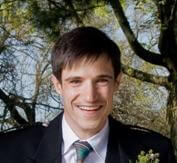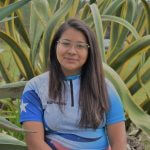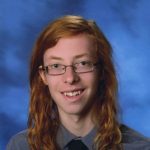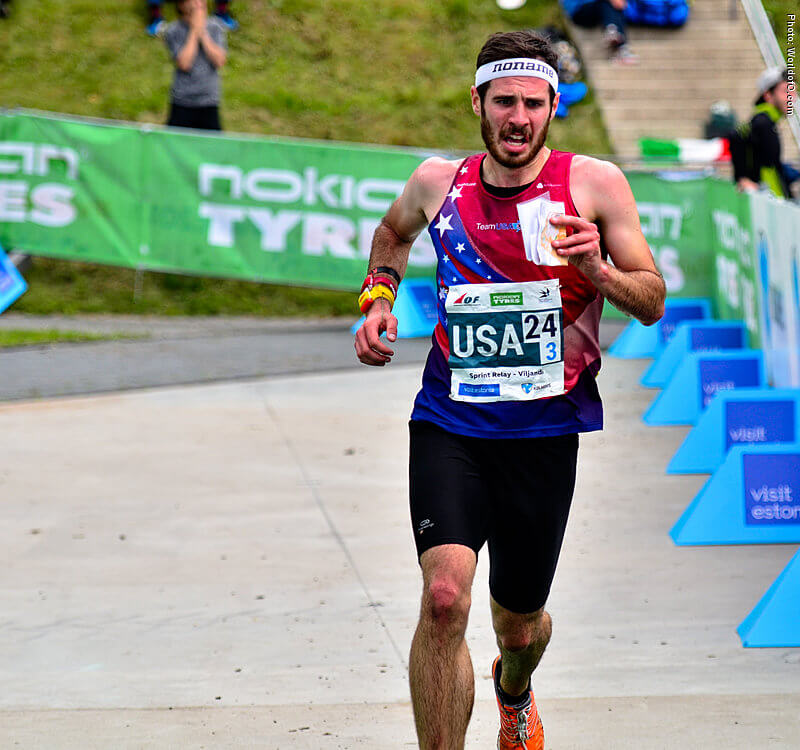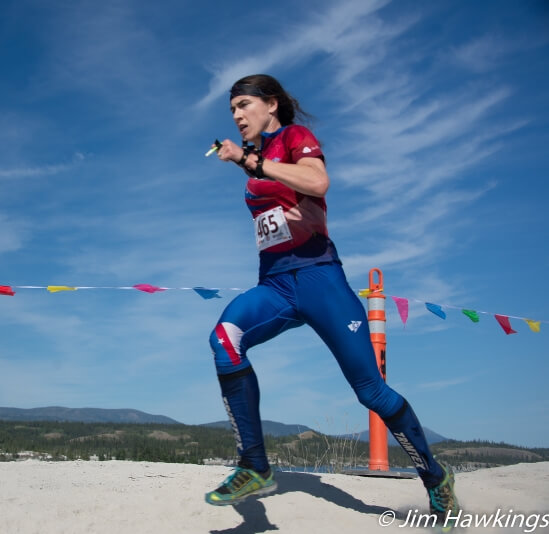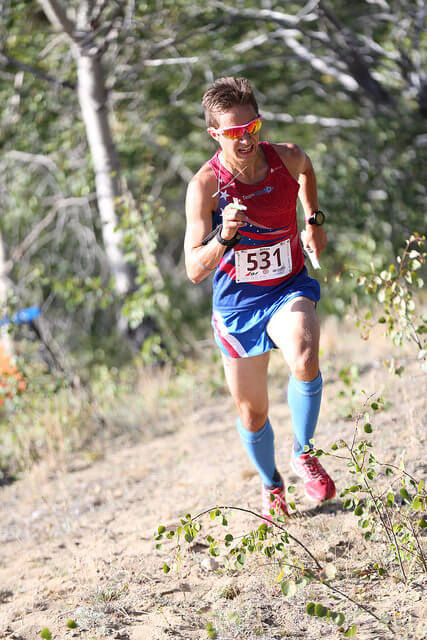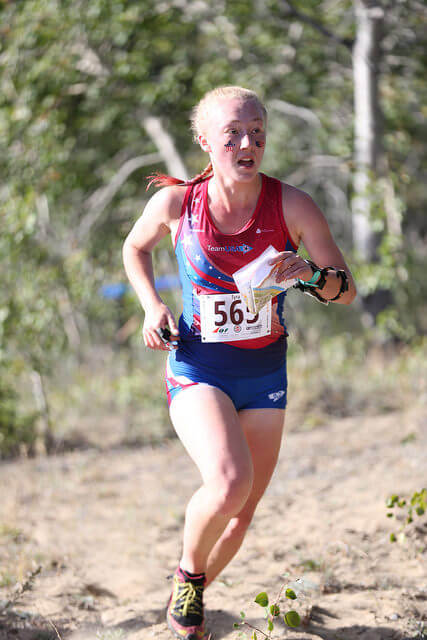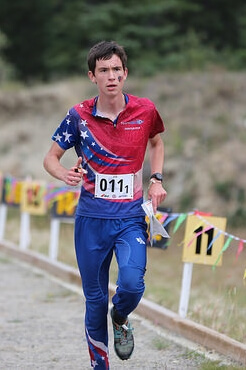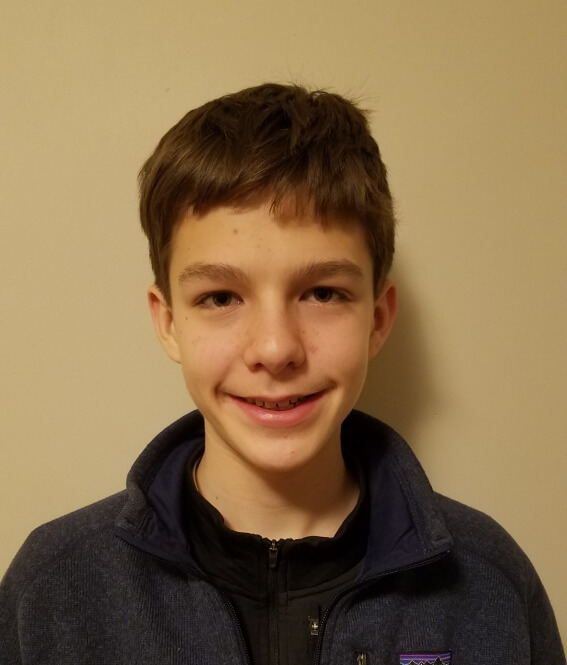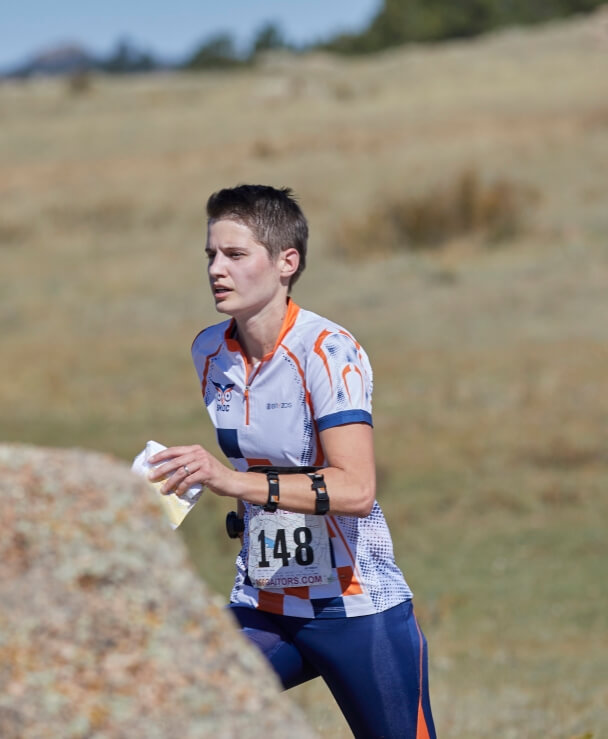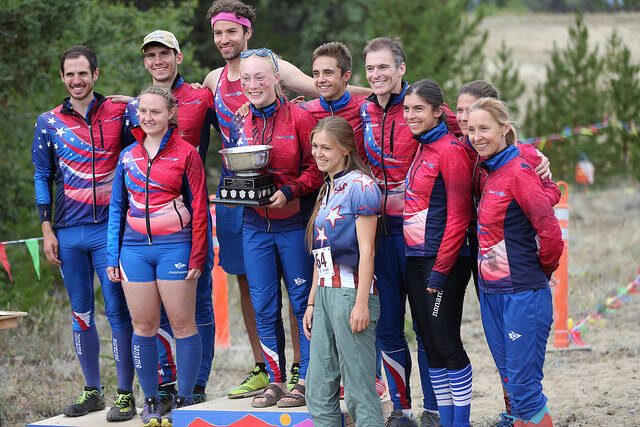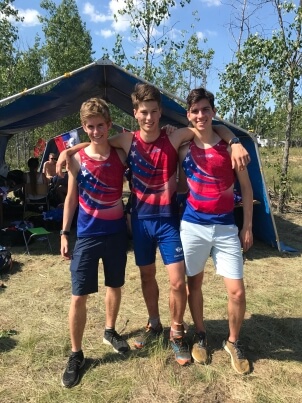2019 Team Trials Relay in Harriman State Park April 26
From U.S. Orienteering Coach and Senior Team ESC Chair, Erin Schirm
With WOC changing to forest WOC there is no longer a sprint as part of the trials. With the new selection process there is an option to have a mass start relay event as part of the trials. The winner of the relay will be an automatic qualifier to the relay team and the race will serve as a third evaluation race for the selection committee. I’m excited to say the HVO has agreed to help me put this race on. It will take place Friday April 26 in Harriman State Park.
The Event
The race will include two mass start races with forking and a brown course. The first mass start race will be for all WOC trials participants. The second mass start race will be for all other participants. The brown course is a shorter option for those looking for a little less of a physical challenge. Technically they will all be the same.
Schedule
- 3:00-4:45 pm — Check in
- 4:00 pm — Team Trials mass start race (For all U.S. and Canadian Men and Women trying out for their country’s WOC teams)
- 4:45 pm — Mass Start for all other participants and Start of Brown course
- 5:15 pm — Last start
- 7:00 pm — Courses close
Registration
- Email erinschirm@nullgmail.com with name, SI #, and course you’re planning to run.
- Show up and pay on-site between 3:00-4:45pm
Cost
Juniors $15
Everyone else: $20
All proceeds after costs are covered will go back to the senior team! So come out watch some fun head-to-head racing between our elite athletes and get out and enjoy beautiful Harriman as a warm-up for the annual West Point National Event.
Location
Kanawauke Picnic area. This will be the parking as well as the arena. Here is the address Kanawauke Rd, Bear Mountain, NY 10911
GPS Coordinates: 41.233242, -74.117266
Embargo
The whole Kanawauke map is embargoed from now on. This includes all terrain south of Kanawauke Rd, all terrain west of Seven Lakes Drive, and all terrain north of Sebago Beach.
Course info
Mass Start Race: 5-6k 150m of climb. Brown: 4k 100m climb.
For questions please email me or respond to this thread.
Big thanks to HVO for supporting this event and to West Point for hosting the Team Trials Middle and Long races as part of their weekend!

